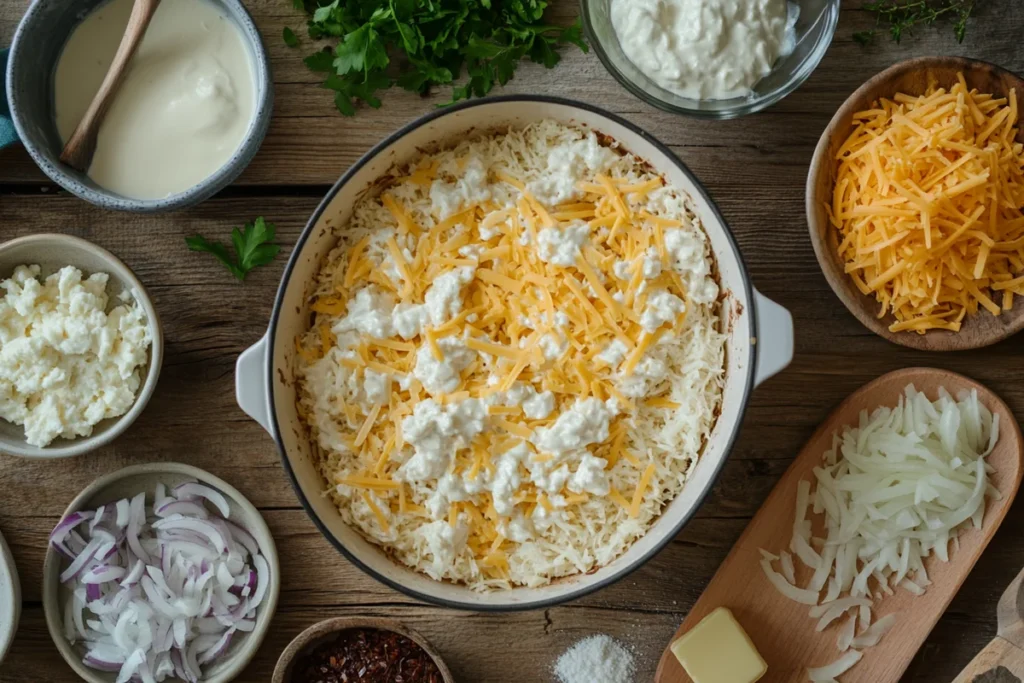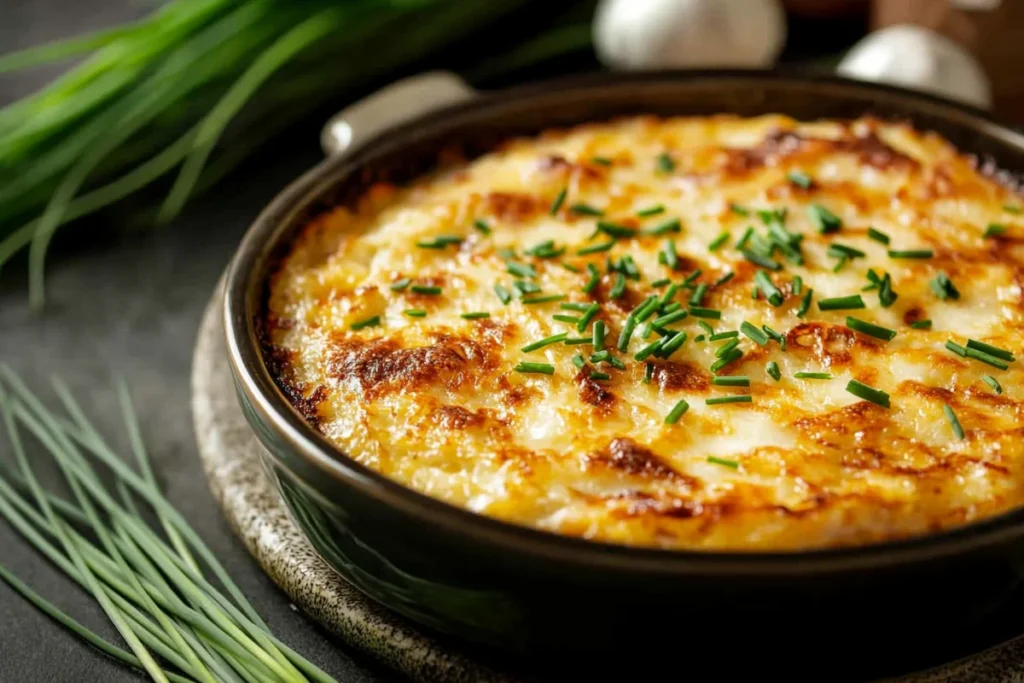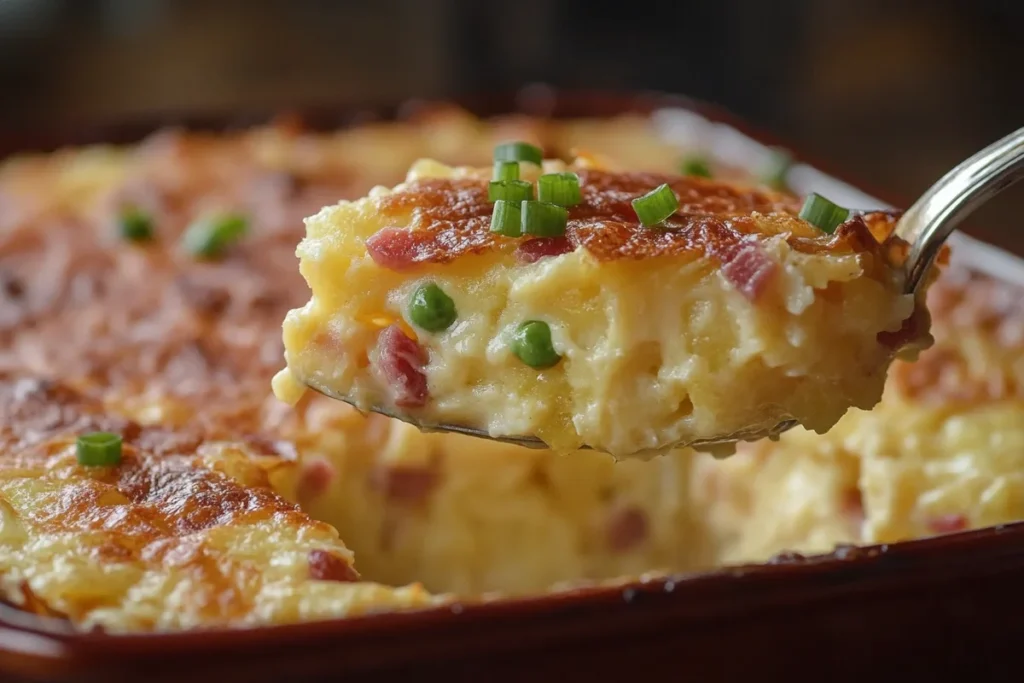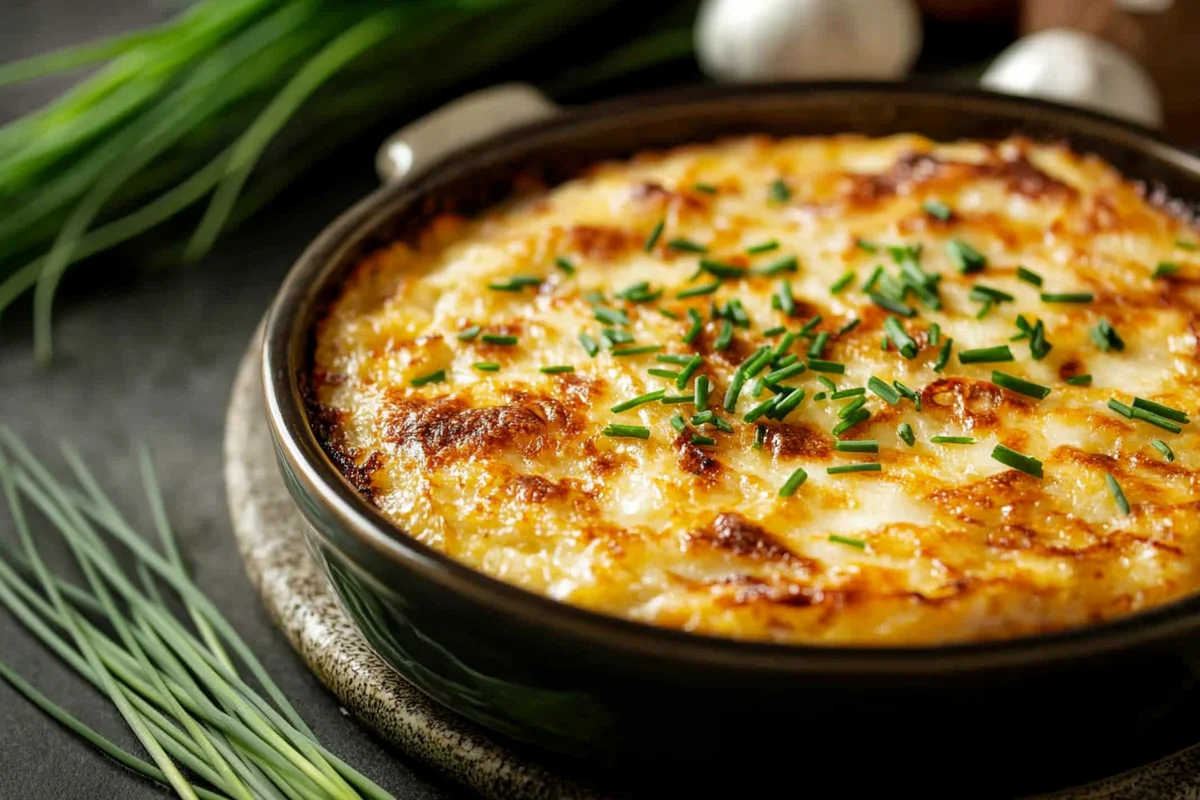
Do I Have to Thaw Frozen Hash Browns for Casserole? It’s a question that plagues many home cooks looking for a quick and easy side dish. But the answer isn’t as simple as a yes or no. The ultimate hash brown casserole experience often hinges on this crucial step.
Do I Have to Thaw Frozen Hash Browns for Casserole? The Essentials
Hash brown casserole is a beloved comfort food, perfect for potlucks, holiday breakfasts, or even a cozy weeknight dinner. However, the consistency of the final product can drastically change depending on whether you thaw the hash browns beforehand. This article dives deep into the nuances of using frozen hash browns in casseroles, offering essential tips and tricks to ensure a perfect dish every time. Considering these factors will make your casserole amazing.
Understanding Frozen Hash Browns
Frozen hash browns come in different forms, from shredded to diced to formed patties. The type you use can affect the cooking time and texture of your casserole. Pre-shredded hash browns are commonly used in casseroles because they distribute evenly and create a cohesive texture. Diced or patty-style hash browns may require some chopping before adding them to the casserole mix. Also, consider that some brands add extra moisture or starches.
The Thawing Debate
The biggest question remains: do you actually need to thaw them? The answer depends on your specific recipe and desired outcome. Thawing hash browns before adding them to the casserole allows for more even cooking and prevents the casserole from becoming watery. The excess moisture released during the thawing process can be drained, resulting in a crisper, less soggy casserole. However, using frozen hash browns directly can save time and effort, and many recipes are formulated with this in mind.
7 Secrets to Perfect Hash Brown Casserole with Frozen Hash Browns

These are the best ways to make an incredible hash brown casserole.
Secret #1: Adjusting Liquid Ratios
When using frozen hash browns without thawing, it’s crucial to adjust the liquid ingredients in your casserole recipe. Because the hash browns will release moisture as they cook, you should slightly reduce the amount of milk, cream of mushroom soup, or other liquid components to prevent a soggy final product. Start by reducing the liquid by about 1/4 cup and adjust to taste.
Secret #2: Pre-Cooking for Crispness
For those seeking a crispier topping, pre-cooking the frozen hash browns can be a game-changer. Sautéing the hash browns in a skillet with a little butter or oil before adding them to the casserole mixture helps to remove excess moisture and encourages browning. This step adds an extra layer of flavor and texture to the dish.
Secret #3: Binding Agents to the Rescue
Adding a binding agent to the casserole mix can help to absorb excess moisture and ensure a cohesive texture. A tablespoon or two of cornstarch or flour mixed with the liquid ingredients can prevent the casserole from becoming soupy. This is especially useful when using frozen hash browns directly from the bag.
Secret #4: Cheese Matters
The type of cheese you use can also impact the moisture content of your casserole. Pre-shredded cheese often contains cellulose, which can prevent it from melting smoothly and contributing to a grainy texture. Using freshly grated cheese not only enhances the flavor but also melts more evenly, creating a creamier casserole.
Secret #5: Oven Temperature and Cooking Time
The oven temperature and cooking time are critical factors in achieving the perfect hash brown casserole. Cooking the casserole at a moderate temperature (around 350°F or 175°C) allows the hash browns to cook evenly without burning. Monitor the casserole closely during the last 15-20 minutes of cooking and cover it with foil if the top starts to brown too quickly.
Secret #6: Don’t Overcrowd the Pan
Ensure that the casserole is spread in a single layer in the baking dish. Overcrowding the pan can lead to uneven cooking, resulting in some parts of the casserole being soggy while others are still undercooked. Use a large enough baking dish to accommodate all the ingredients comfortably.
Secret #7: Resting Period is Key
Allowing the casserole to rest for 10-15 minutes after removing it from the oven is essential. This resting period allows the casserole to set, preventing it from collapsing when you cut into it. It also gives the flavors time to meld together, resulting in a more delicious and cohesive dish. Image Placeholder: A golden brown hash brown casserole with a crispy topping, alt text: Perfect Hash Brown Casserole
Do I Have to Thaw Frozen Hash Browns for Casserole? Factors to Consider
Several factors contribute to deciding whether or not to thaw your hash browns.
Time Constraints
If you’re short on time, skipping the thawing process might be your best bet. Most recipes can be adapted to accommodate frozen hash browns directly from the freezer. Just be sure to adjust the liquid ratios and cooking time accordingly.
Desired Texture
If you prefer a crispier casserole, thawing the hash browns and draining the excess moisture is highly recommended. This step helps to prevent the casserole from becoming soggy and allows the hash browns to brown more evenly.
Recipe Requirements
Some recipes specifically call for thawed hash browns, while others are designed for frozen. Always follow the recipe instructions carefully and make adjustments as needed based on your personal preferences and experiences.
Image Placeholder: A close-up of frozen shredded hash browns being added to a casserole dish, alt text: Frozen Hash Browns for Casserole

Common Mistakes and How to Avoid Them
Many home cooks run into issues when making hash brown casserole.
Soggy Casserole Solutions
The most common complaint about hash brown casserole is that it turns out soggy. To avoid this, make sure to adjust the liquid ratios, pre-cook the hash browns, and use a binding agent if necessary. Draining any excess moisture from the thawed hash browns before adding them to the casserole mix is crucial.
Uneven Cooking Woes
Uneven cooking can result in some parts of the casserole being overcooked while others are still undercooked. To prevent this, ensure that the casserole is spread in a single layer in the baking dish and monitor the cooking process closely. Covering the casserole with foil during the last part of cooking can help to prevent the top from burning.
Bland Flavor Fixes
A bland hash brown casserole is a disappointing experience. To enhance the flavor, consider adding additional seasonings, such as garlic powder, onion powder, or smoked paprika. Using high-quality cheese and adding some crispy bacon or ham can also elevate the flavor profile.
Image Placeholder: A table setting with a delicious hash brown casserole, side dishes, and utensils, alt text: Enjoying Hash Brown Casserole
FAQ
Do you have to thaw hash browns for casserole?
While thawing hash browns is not always mandatory, it’s generally recommended for a crispier texture and to prevent a soggy casserole. If skipping the thawing process, reduce the liquid in the recipe to compensate for the moisture the frozen hash browns will release during cooking.
Should I thaw frozen potatoes before baking?
Whether to thaw frozen potatoes before baking depends on the intended use and recipe. For casseroles, thawing can improve texture. For french fries or roasted potatoes, baking directly from frozen is usually fine.
Why is my hash brown casserole soggy?
A soggy hash brown casserole is often the result of excess moisture. This can be due to not draining thawed hash browns or using too much liquid in the recipe. Reduce liquid, pre-cook hash browns, and use binding agents to mitigate sogginess.
Do I have to thaw a frozen casserole before cooking?
Generally, no, you do not have to thaw a frozen casserole before cooking. However, cooking time will need to be significantly increased. Ensure the casserole is heated to a safe internal temperature before serving. Check the casserole during cooking to avoid burning the top.
Variations and Add-Ins for Your Hash Brown Casserole
Hash brown casserole is incredibly versatile. Experiment with these variations to elevate your dish.
Spicy Kick
Add a dash of heat to your hash brown casserole by incorporating ingredients like diced jalapeños, a pinch of cayenne pepper, or a splash of hot sauce. These additions can add a welcome kick to the otherwise mild flavor profile of the casserole. Adjust the amount of spice to suit your personal preferences.
Cheesy Goodness
Enhance the cheesy flavor of your casserole by using a combination of different cheeses. Sharp cheddar, Gruyere, or Monterey Jack can add depth and complexity to the dish. Consider adding a layer of cheese both inside the casserole and on top for a melted, bubbly crust.
Meat Lovers’ Delight
Transform your hash brown casserole into a hearty main course by adding cooked meat. Crumbled bacon, diced ham, or cooked sausage are all excellent choices. Be sure to brown the meat before adding it to the casserole mix to enhance its flavor and texture.
Serving Suggestions and Complementary Dishes
Pair your hash brown casserole with other delicious dishes to create a complete and satisfying meal.
Breakfast Bonanza
Serve hash brown casserole as part of a breakfast or brunch spread alongside scrambled eggs, bacon, sausage, and fresh fruit. The savory casserole complements the sweet and savory elements of a traditional breakfast, creating a well-rounded and delicious meal.
Holiday Feast
Hash brown casserole is a popular side dish for holiday meals, such as Thanksgiving or Christmas. Its creamy texture and comforting flavors make it a perfect accompaniment to roasted turkey, ham, or other holiday staples.
Weeknight Dinner
Enjoy hash brown casserole as a side dish for a simple weeknight dinner. It pairs well with grilled chicken, roasted vegetables, or a hearty salad. Its versatility and ease of preparation make it a convenient and delicious addition to any meal.

